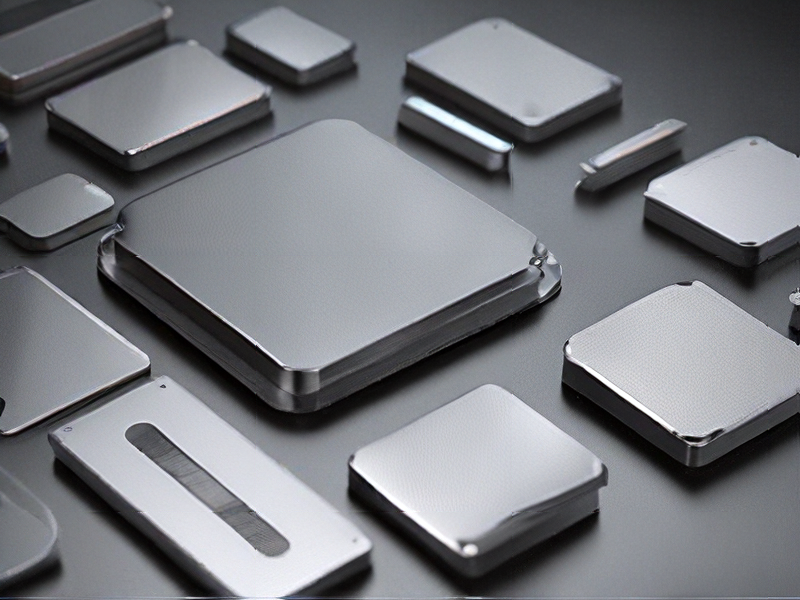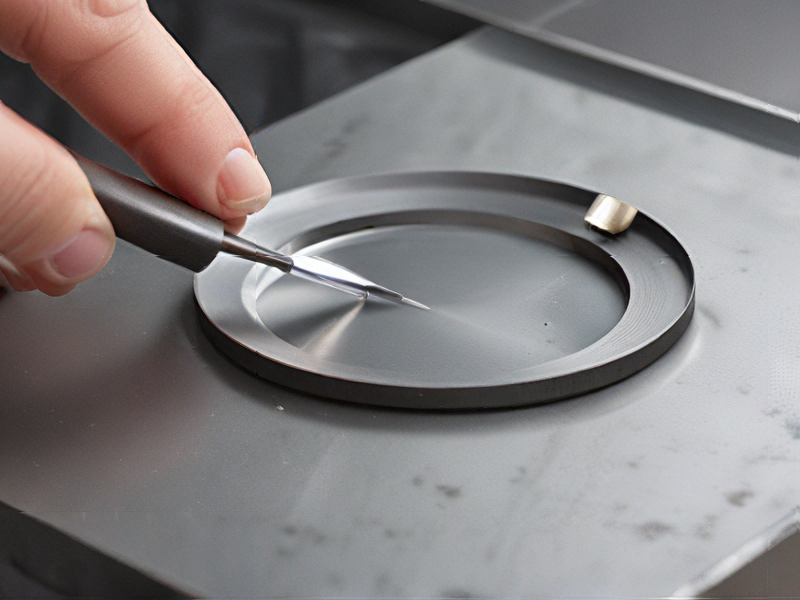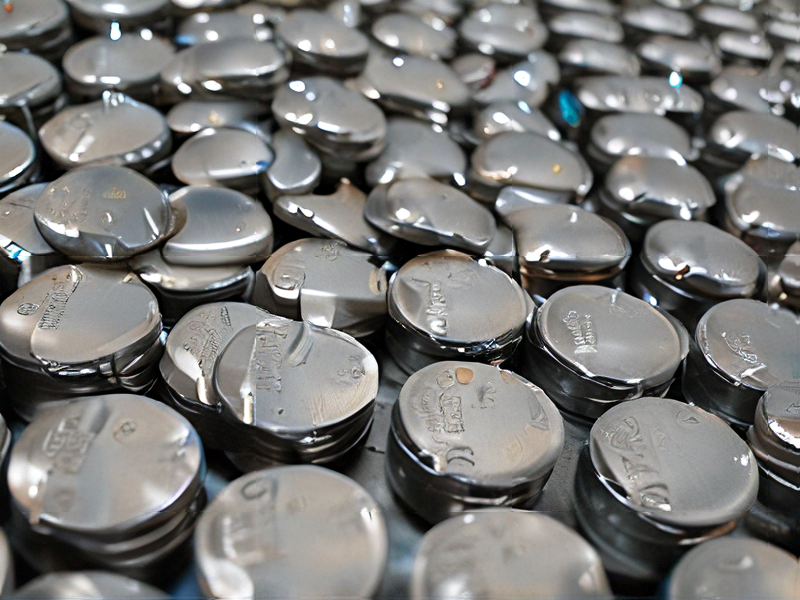Technology and Applications of metal plated
Metal plating, a process of depositing a thin layer of metal onto the surface of a substrate, is a cornerstone technology in various industries due to its ability to enhance appearance, corrosion resistance, and surface properties. Common methods include electroplating, electroless plating, and mechanical plating.
Electroplating involves using an electric current to reduce dissolved metal cations, resulting in a coherent metal coating. This method is widely used for decorative purposes, as well as to enhance wear resistance, reduce friction, and improve conductivity. Common applications include automotive parts, jewelry, and electronic components.
Electroless plating is a non-galvanic plating method that relies on a chemical reduction process, offering uniform thickness even on complex shapes. It’s crucial in industries where uniform coatings are needed, such as in printed circuit boards, fuel cells, and various electronic devices.
Mechanical plating uses tumbling, impact, or peening techniques to deposit metals like zinc onto small steel parts, offering good corrosion resistance and being commonly used in the fastener industry.
Applications of metal plating span numerous fields:
1. Automotive Industry: Components like bumpers, rims, and under-hood parts are plated to enhance durability and aesthetic appeal.
2. Electronics: Gold, silver, and nickel plating are used on connectors, switches, and circuit boards to improve conductivity and prevent corrosion.
3. Jewelry and Watches: Precious metals like gold and silver are plated for aesthetic purposes and to reduce tarnishing.
4. Medical Devices: Surgical instruments and implants often undergo plating to improve biocompatibility and resistance to bodily fluids.
5. Aerospace: Aircraft components are plated to protect against harsh environments and improve performance.
In summary, metal plating is a versatile and essential process in modern manufacturing, providing functional and aesthetic benefits across a range of industries.

Quality Testing Methods for metal plated and how to control quality
Quality testing methods for metal plating typically involve both destructive and non-destructive techniques to ensure the plated metal meets specified standards:
1. Thickness Measurement: Using methods like X-ray fluorescence (XRF), beta-backscatter, or eddy current techniques to measure the thickness of the plated metal layer. This ensures it meets dimensional requirements and provides corrosion protection.
2. Adhesion Testing: Determines the bond strength between the base metal and the plated layer. Methods include tape test, bend test, and scratch test to assess the adhesion strength.
3. Surface Finish Evaluation: Utilizing visual inspection, profilometers, or optical microscopy to ensure the surface finish (smoothness, roughness) meets cosmetic and functional requirements.
4. Corrosion Resistance Testing: Salt spray testing (ASTM B117) or cyclic corrosion testing to evaluate the plated metal’s ability to resist corrosion over time in harsh environments.
5. Hardness Testing: Measures the hardness of the plated layer using techniques like microhardness testing (Vickers or Knoop) to ensure it meets mechanical property requirements.
To control quality effectively:
– Establish Standards: Define clear specifications for plating thickness, adhesion strength, surface finish, corrosion resistance, and hardness.
– Regular Inspection: Implement routine testing during production at various stages (initial, intermediate, final) to catch defects early.
– Calibration and Maintenance: Regularly calibrate testing equipment and maintain them according to manufacturer guidelines to ensure accuracy.
– Training and Documentation: Train personnel on testing procedures and maintain comprehensive records of test results for traceability and continuous improvement.
– Feedback Loop: Implement a feedback loop where quality issues are analyzed, root causes identified, and corrective actions taken to prevent recurrence.
By employing these methods and controls, manufacturers can ensure consistent quality of metal plated products, meeting customer expectations and regulatory requirements.

Tips for Procurement and Considerations when Purchasing from metal plated
When procuring metal-plated items, consider the following tips to ensure a successful purchase:
1. Quality Standards: Verify that the metal plating meets required quality standards. Ensure it adheres to specifications for thickness, finish, and durability suitable for its intended use.
2. Supplier Reputation: Choose suppliers with a proven track record in metal plating. Look for certifications or customer testimonials that attest to their reliability and quality of work.
3. Cost and Value: Compare quotes from multiple suppliers to ensure competitive pricing without compromising quality. Factor in long-term costs such as maintenance and longevity.
4. Environmental Impact: Evaluate suppliers’ environmental policies regarding metal plating processes. Opt for those employing eco-friendly practices to minimize environmental impact.
5. Material Compatibility: Ensure the metal plating material is compatible with the base material of the product. Compatibility issues can lead to corrosion or reduced performance over time.
6. Lead Times and Logistics: Confirm lead times and delivery schedules to align with project timelines. Consider logistics such as packaging, shipping methods, and any handling requirements.
7. Testing and Inspection: Request samples or conduct testing to verify the plating’s adherence, resistance to corrosion, and overall quality before large-scale procurement.
8. Contractual Agreements: Establish clear contractual terms covering delivery schedules, quality control measures, warranties, and dispute resolution mechanisms.
By adhering to these considerations, you can enhance the procurement process for metal-plated items, ensuring they meet your quality standards, budget constraints, and environmental goals.

FAQs on Sourcing and Manufacturing from metal plated in China
FAQs on Sourcing and Manufacturing Metal Plated in China
1. Why should I source metal plating from China?
China is a global leader in manufacturing and offers competitive pricing, advanced technology, and a wide range of plating options, making it an attractive destination for sourcing metal plating services.
2. What types of metal plating are available in China?
Chinese manufacturers offer various metal plating options, including gold, silver, nickel, chrome, zinc, and tin plating. Specialized techniques like electroplating, electroless plating, and PVD (Physical Vapor Deposition) are also widely available.
3. How do I find reliable suppliers?
Utilize platforms like Alibaba, Made-in-China, and Global Sources. It’s crucial to perform due diligence by checking supplier reviews, requesting samples, and conducting factory audits if possible.
4. What are the quality standards for metal plating in China?
Many Chinese manufacturers adhere to international standards such as ISO 9001, RoHS, and REACH. Ensure the supplier provides certifications and complies with your specific quality requirements.
5. What is the typical lead time for metal plating services?
Lead times vary depending on the complexity and volume of the order. Generally, it ranges from 2 to 8 weeks. Confirm with your supplier to get accurate timelines.
6. How can I ensure the quality of the plated products?
Request pre-production samples, establish clear quality control standards, and consider third-party inspection services to ensure the final products meet your specifications.
7. What are the cost considerations?
Costs include the base metal, plating process, labor, shipping, and potential tariffs. Obtain detailed quotes and consider bulk orders to reduce per-unit costs.
8. Are there any import regulations I should be aware of?
Yes, be aware of import duties, tariffs, and compliance with safety and environmental regulations in your country. Work with a customs broker to navigate these complexities.
9. Can I visit the manufacturing facilities?
Yes, visiting the facilities is recommended to build trust and ensure the supplier meets your standards. If travel is not feasible, virtual tours or hiring a local agent can be alternatives.
10. What are the common payment terms?
Typical payment terms include a 30% deposit upfront and 70% balance upon shipment. Ensure secure payment methods and consider trade assurance services for added protection.
By addressing these FAQs, you can effectively navigate the process of sourcing and manufacturing metal plated products from China.

